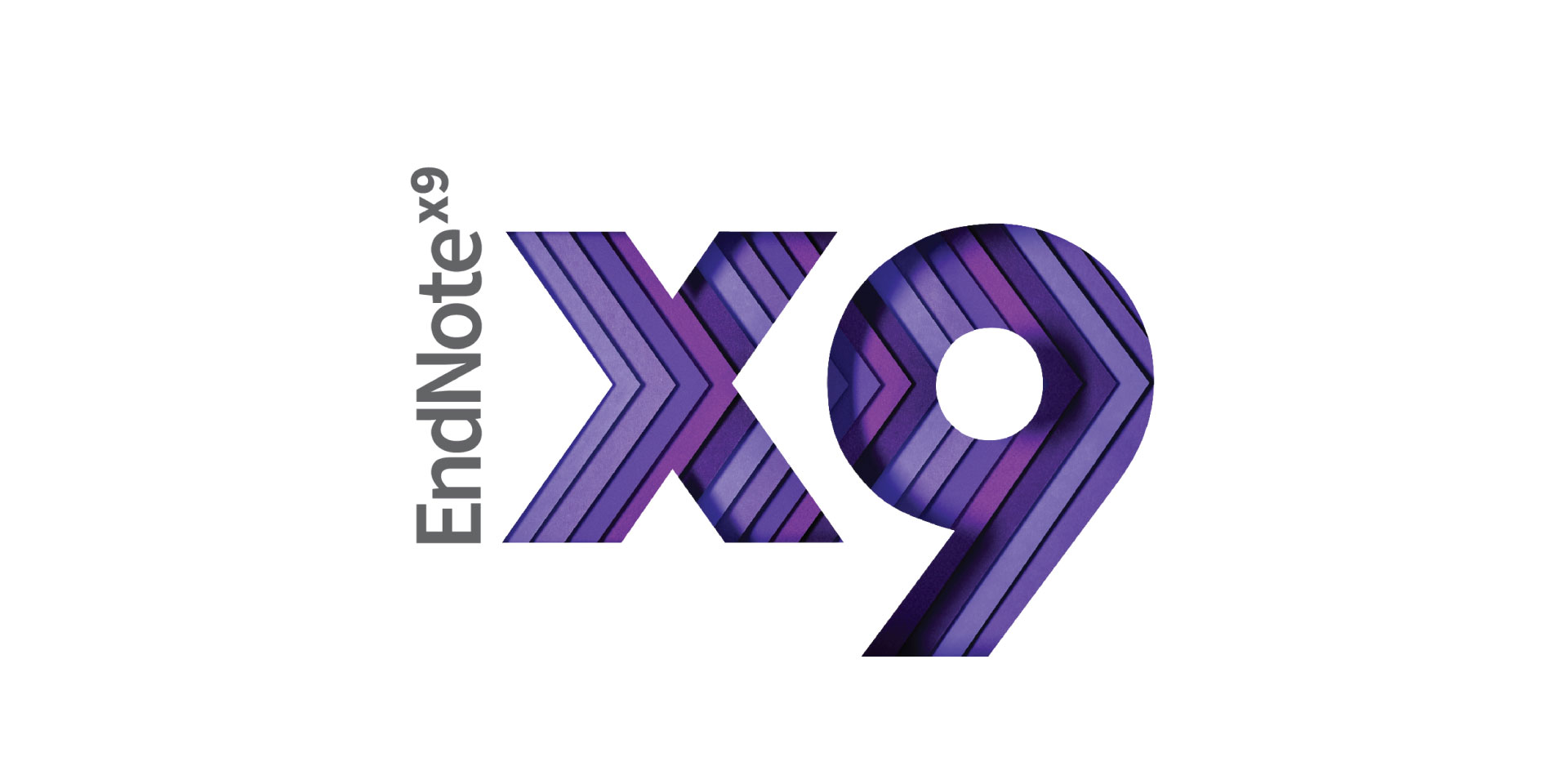Social Media User Perception on Communication Types: Comparing One-Two Way of Communicating Brand
DOI:
https://doi.org/10.35313/jmi.v3i1.59Keywords:
Communication Patterns, One-Two-Way, Instagram Social Media, Brand Satisfaction, Brand TrustAbstract
Social media is a communication medium expected to create brand satisfaction and trust. If we attempt to classify communication patterns and intensity on Instagram media, there are one- and two-way communication patterns. Some posts do not require confirmation, and the goal is not to create a conversation between the messenger and the audience. This condition creates a knowledge gap in marketing communications that need to be known empirically. This research was conducted with a quantitative approach - descriptive statistics. Research data was collected by distributing questionnaires through communication and sending messages to Instagram accounts. 249 data are obtained and analyzed using Warp-PLS. The research findings show that one-way communication patterns are more effective in creating brand trust. The audience considers information conveyed in this pattern more effective and valid because they are not distracted by multi-respondent conversations, which often extend from information topics. This study has implications for theoretical contributions to creating brand satisfaction and trust and for the company's communication strategy to deliver brand communications to the audience. Also, companies can vary their communication patterns on social media, especially Instagram, from the audience that continues to respond (further conversations occur).
References
Balakrishnan, BKPD, Dahnil, MI, & Yi, WJ (2014). The Impact of Social Media Marketing Medium toward Purchase Intention and Brand Loyalty among Generation Y. Procedia - Social and Behavioral Sciences, 148, 177–185. https://doi.org/10.1016/j.sbspro.2014.07.032
Belch, G., & Belch, M. (2018). Advertising and Promotion an Integrated Marketing Communication Perspectives. In Director (11th ed., Issue October). McGraw Hill Education.
Cade, NL (2018). Corporate social media: How two-way disclosure channels influence investors. Accounting , Organizations and Society , 68–69 (March 2017), 63–79 . https://doi.org/10.1016/j.aos.2018.03.004
Cheung, ML, Pires, GD, & Rosenberger, PJ (2019). Developing a conceptual model for examining social media marketing effects on brand awareness and brand image. International Journal of Economics and Business Research, 17 (3), 243–261. https://doi.org/10.1504/IJEBR.2019.098874
Cuong, DT (2020). The role of brand trust as a mediator in the relationship between brand satisfaction and purchase intention. International Journal of Psychosocial Rehabilitation , 24 (June), 2020. https://doi.org/10.37200/IJPR/V24I6/PR261416
Databox. (2017). Social Media, the Most Widely Used Platform for e-commerce transactions. In Databoks.Katadata.Co.Id . https://databoks.katadata.co.id/datapublish/2019/04/01/media-social-platform-paling-multiple-digunakan-saat-transaksi-e-commerce
De Veirman, M., Cauberghe, V., & Hudders, L. (2017). Marketing through instagram influencers: The impact of number of followers and product divergence on brand attitude. International Journal of Advertising , 36 (5), 798–828. https://doi.org/10.1080/02650487.2017.1348035
Diputra, IGAW, & Yasa, NN (2021). The influence of product quality, brand image, brand trust on customer satisfaction and loyalty. American International Journal of Business Management (AIJBM) , 4 (1), 25–34.
Garrido-Moreno, A., García-Morales, V., King, S., & Lockett, N. (2020). Social Media use and value creation in the digital landscape: a dynamic-capabilities perspective. Journal of Service Management , 31 (3), 313–343. https://doi.org/10.1108/JOSM-09-2018-0286
Gómez, M., Lopez, C., & Molina, A. (2019). An integrated model of social media brand engagement. Computers in Human Behavior , 96 (December 2018), 196–206. https://doi.org/10.1016/j.chb.2019.01.026
Guha, S., Harrigan, P., & Soutar, G. (2018). Linking social media to customer relationship management (CRM): a qualitative study on SMEs. Journal of Small Business and Entrepreneurship , 30 (3), 193–214. https://doi.org/10.1080/08276331.2017.1399628
Gunawan, AI, Amalia, F., Senalasari, W., & Gaffar, V. (2021). Measurement of Marketing Activity on Instagram Social Media. Journal of Business Administration , 10 (2), 133–142. https://doi.org/10.14710/jab.v10i2.35768
Gunawan, AI, Najib, MF, & Setiawati, L. (2020). The effect of Electronic Word of Mouth (e-WoM) on social media networking. IOP Conference Series: Materials Science and Engineering , 830 (3). https://doi.org/10.1088/1757-899X/830/3/032002
Hair, JF, Hult, GTM, Ringle, C., Sarstedt, M. (2016). A Primer on Partial Least Squares Structural Equation Modeling (PLS-SEM) . SAGE Publications Inc.
Hair, JF, Hult, GTM, Ringle, CM, & Sarstedt, M. (2017). A Primer on Partial Least Squares Structural Equation Modeling (PLS-SEM). Second Edition. In California: Sage .
Hashim, NH, Normalini, & Sajali, N. (2018). The Influence Factors Towards Mobile Advertising Message Content on Consumer Purchase Intention. Global Business Review , 19 (5), 1187–1206. https://doi.org/10.1177/0972150918788746
Hogan, B., & Quan-Haase, A. (2010). Persistence and Change in Social Media. Bulletin of Science, Technology & Society , 30 (5), 309–315. https://doi.org/10.1177/0270467610380012
Hutter, K., Hautz, J., Dennhardt, S., & Füller, J. (2013). The impact of user interactions in social media on brand awareness and purchase intention: The case of MINI on Facebook. Journal of Product and Brand Management , 22 (5), 342–351. https://doi.org/10.1108/JPBM-05-2013-0299
Jakic, A., Wagner, M.O. and Meyer, A. (2017), "The impact of language style accommodation during social media interactions on brand trust", Journal of Service Management, Vol. 28 No. 3, pp. 418-441. https://doi.org/10.1108/JOSM-12-2016-0325
Khasanah, SH, Ariani, N., & Argo, JG (2021). Analysis of Brand Image, Brand Trust, and Brand Satisfaction on Brand Loyalty. Proceedings of the National Research Conference on Economics, Management, and Accounting , 2 , 394–411.
Kim, M., & Koo, D. (2018). The influence of perceived service fairness on brand trust, brand experience and brand citizenship behavior. International Journal of Contemporary Hospitality Management . https://doi.org/10.1108/IJCHM-06-2017-0355
Knoll, J. (2016). Advertising in social media: A review of empirical evidence. International Journal of Advertising , 35 (2), 266–300. https://doi.org/10.1080/02650487.2015.1021898
Kock, N. (2019). Factor-Based Structural Equation Modeling with Warppls. Australasian Marketing Journal , 27 (1), 57–63. https://doi.org/10.1016/j.ausmj.2019.02.002
Kock, N., & Lynn, GS (2012). Lateral collinearity and misleading results in variance-based SEM: An illustration and recommendations. Journal of the Association for Information Systems , 13 (7), 546–580. https://doi.org/10.17705/1jais.00302
Kotler, P., & Armstrong, G. (2008). Principles of Marketing . Erlangga.
Kotler, P., & Armstrong, G. (2011). Marketing in a Changing World. Principles Of Marketing . https://doi.org/10.1016/0024-6301(95)92103-6
Kotler, P., & Keller, KL (2013). Marketing Management (14e Edition) . Pearson Education.
Koukoumelis, A., Levati, M. V., & Weisser, J. (2012). Leading by words: A voluntary contribution experiment with one-way communication. Journal of Economic Behavior & Organization, 81(2), 379-390. https://doi.org/10.1016/j.jebo.2011.11.007
Kusumasondjaja, S. (2018). The roles of message appeals and orientation on social media brand communication effectiveness An evidence from Indonesia. Asia Pacific Journal of Marketing and Logistics , 30 (4), 1135–1158. https://doi.org/10.1108/APJML-10-2017-0267
Kwan, S., Shin, S., Amenuvor, FE, & Basilisco, R. (2019). Brand Trust and Brand Loyalty?: A Moderation and Mediation Perspective Brand Trust and Brand Loyalty?: A Moderation and Mediation Perspective. Current Journal of Applied Science and Technology , 38 (4). https://doi.org/10.9734/CJAST/2019/v38i430376
Malhotra, Nunan, D., & Birks, DF (2017). Marketing Research an Applied Approach (Fifth Edit). Prentice Hall Inc.
Maltz, E. (2000). Is all communication created equal?: An investigation into the effects of communication mode on perceived information quality. Journal of Product Innovation Management: An International Publication of the Product Development & Management Association, 17(2), 110-127. https://doi.org/10.1111/1540-5885.1720110
Paquette, H. (2013). Social media as a marketing tool?: A literature review. In digitalcommons.uri.edu (Vol. 46, pp. 41–56). University of Rhode Island. https://doi.org/10.18276/miz.2016.46-05
Portal, S., Abratt, R., & Bendixen, M. (2018). The role of brand authenticity in developing brand trust. Journal of Strategic Marketing , 4488 , 1–16. https://doi.org/10.1080/0965254X.2018.1466828
Schivinski, B., Pontes, N., Czarnecka, B., Mao, W., De Vita, J., & Stavropoulos, V. (2022). Effects of social media brand-related content on fashion product buying behavior – a moderated mediation model. Journal of Product & Brand Management , ahead - of - p (ahead-of-print). https://doi.org/10.1108/JPBM-05-2021-3468
Shaltoni, AM (2017). From websites to social media: exploring the adoption of internet marketing in emerging industrial markets. Journal of Business and Industrial Marketing , 32 (7), 1009–1019. https://doi.org/10.1108/JBIM-06-2016-0122
Shan, Y., Chen, KJ, & Lin, JS (2020). When social media influencers endorse brands: the effects of self-influencer congruence, parasocial identification, and perceived endorser motives. International Journal of Advertising , 39 (5), 590–610. https://doi.org/10.1080/02650487.2019.1678322
Shephard, A., Pookulangara, S., Kinley, TR, & Josiam, BM (2016). Media influence, fashion, and shopping: a gender perspective. Journal of Fashion Marketing and Management , 20 . https://doi.org/DOI:10.1108/JFMM-09-2014-0068
Shimp, TA, & Andrews, JC (2014). Enhancing Brand Equity and Accountability. Advertising, Promotion, and Other Aspects of Integrated Marketing Communications2 , 30–49.
Sutrisno, R., Djatnika, T., & Gunawan, AI (2020). Can SMEs Capture the Social Media Phenomenon?: CRM Strategies to Improve Relationship Performance . 1–8. https://doi.org/10.2991/aer.k.201221.020
Tajvidi, R., & Karami, A. (2021). The effect of social media on firm performance. Computers in Human Behavior , 115 , 1–10. https://doi.org/10.1016/j.chb.2017.09.026
Valos, MJ, Maplestone, VL, Polonsky, MJ, & Ewing, M. (2017). Integrating social media within an integrated marketing communication decision-making framework. Journal of Marketing Management , 33 (17–18), 1522–1558. https://doi.org/10.1080/0267257X.2017.1410211
Xu (Rinka), X., & Pratt, S. (2018). Social media influencers as endorsers to promote travel destinations: an application of self-congruence theory to the Chinese Generation Y. Journal of Travel and Tourism Marketing, 35 (7), 958–972. https://doi.org/10.1080/10548408.2018.1468851
Zehir, C., ?ahin, A., Kitapçi, H., & Özçahin, M. (2011). The effects of brand communication and service quality in building brand loyalty through brand trust; the empirical research on global brands. Procedia - Social and Behavioral Sciences , 24 , 1218–1231. https://doi.org/10.1016/j.sbspro.2011.09.142
Downloads
Published
How to Cite
Issue
Section
License
Copyright (c) 2023 Arie Indra Gunawan, Hilda Monoarfa, Heny Hendrayati, Khoirun Nisa Bahri, Agus Rahayu, Miftakul Huda

This work is licensed under a Creative Commons Attribution-ShareAlike 4.0 International License.


















